Let’s lead with some good news, shall we? The cat-attacked bluebird, after escaping several times while I was putting in fresh mealworms for him and flying strong and straight as he eluded me, was released. Apparently it was just a badly bruised wing after all.
While the red tail will still need follow-up x-rays soon, she’s in the mini-pen for now. The fresh air and sunshine have eased her antsiness a great deal and she can hop from perch to perch and from the ground to the lowest perch, so she’s happy for the moment. That wing looks as if it might not have healed quite properly, though. We’ll see…Waiting for things to return to some semblance of normal before loading her up for a vet visit.
The GHO was another case study in frustration. He seemed alert but his mouth was white-pale—not good. His initial poop was the sort of chalky white rehabbers recognize as stemming from lack of food. However, he was reluctant to eat—definitely not normal for a GHO, especially a young one. Over the course of the day, feeding him every couple of hours or so, I managed to get five small mice in him, but his poop after the first one had me worried: it was thick, dark and tarry—the usual sign of internal bleeding. Now I began to worry that perhaps his parents had fed themselves and their babies one or more poisoned rodents, and this poor baby was the sole survivor…and he was becoming more and more lethargic. By 3:00 this morning, when I fed him his last small mouse, I was convinced he wouldn’t be alive come sunup. And he wasn’t. And it hurt my heart.
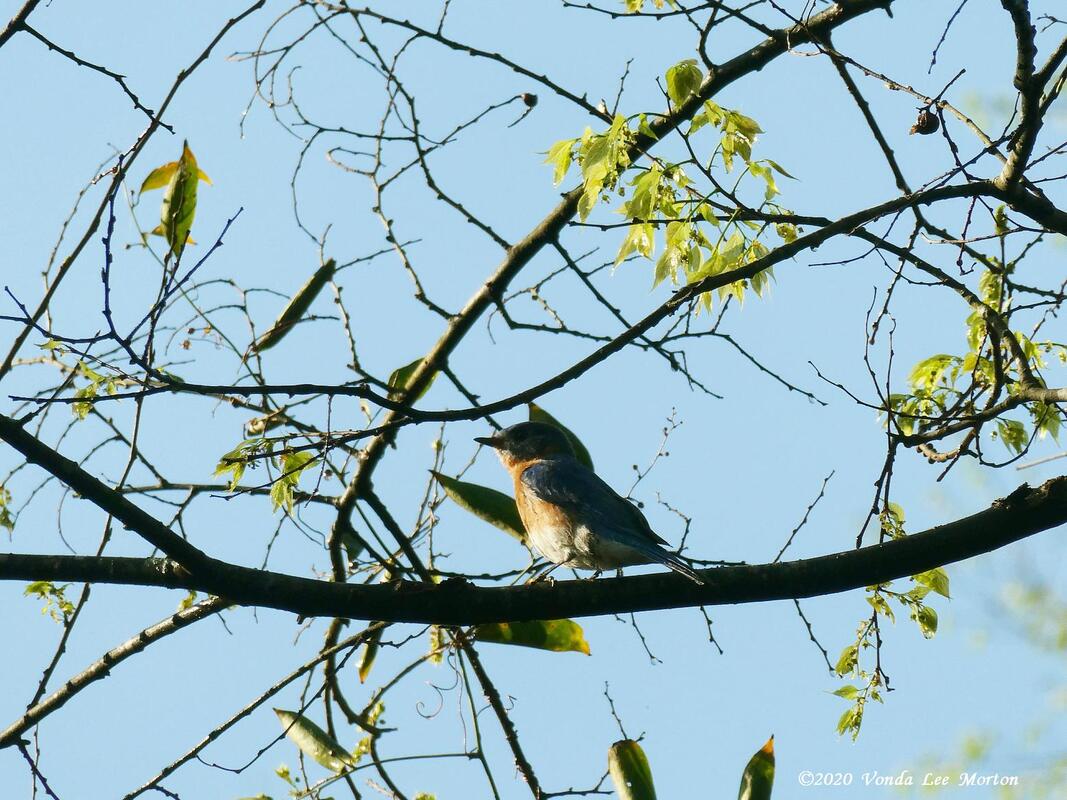
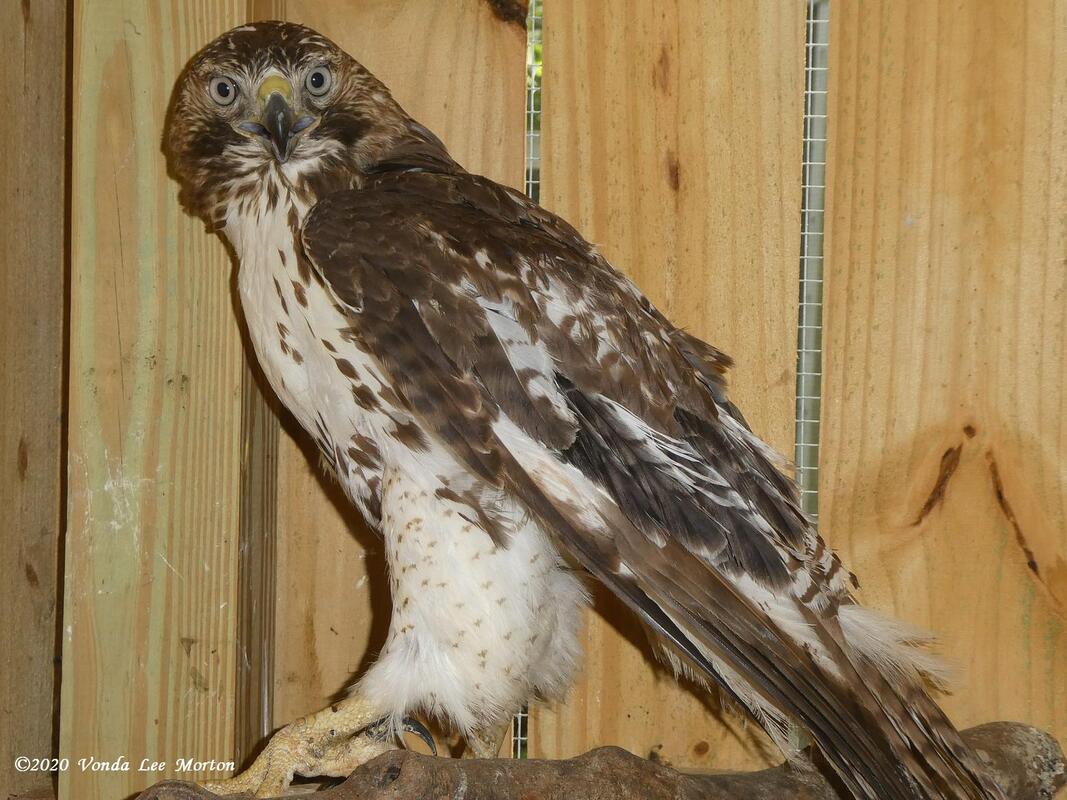
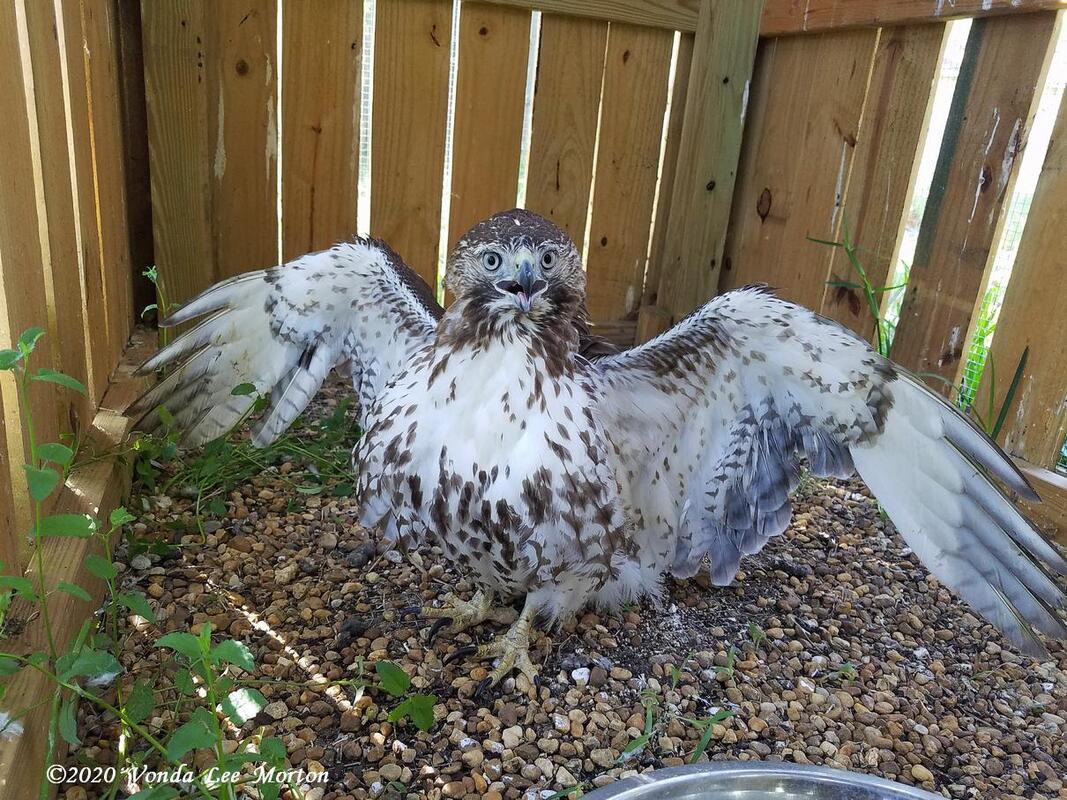
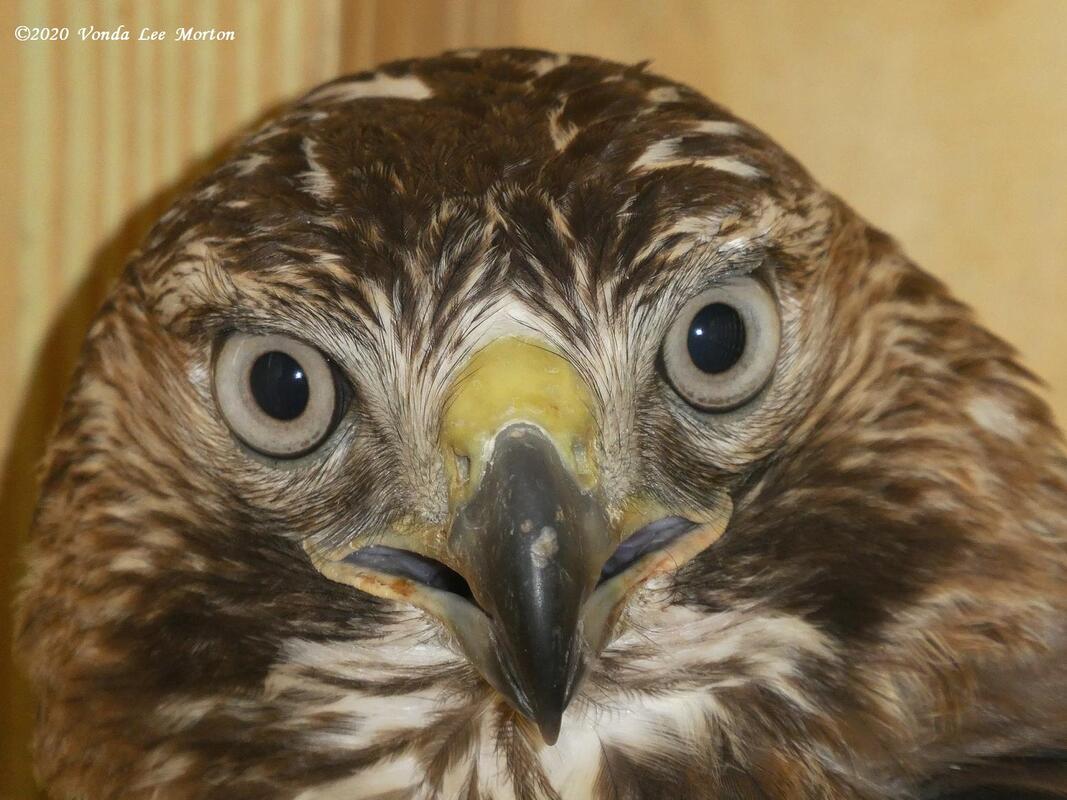

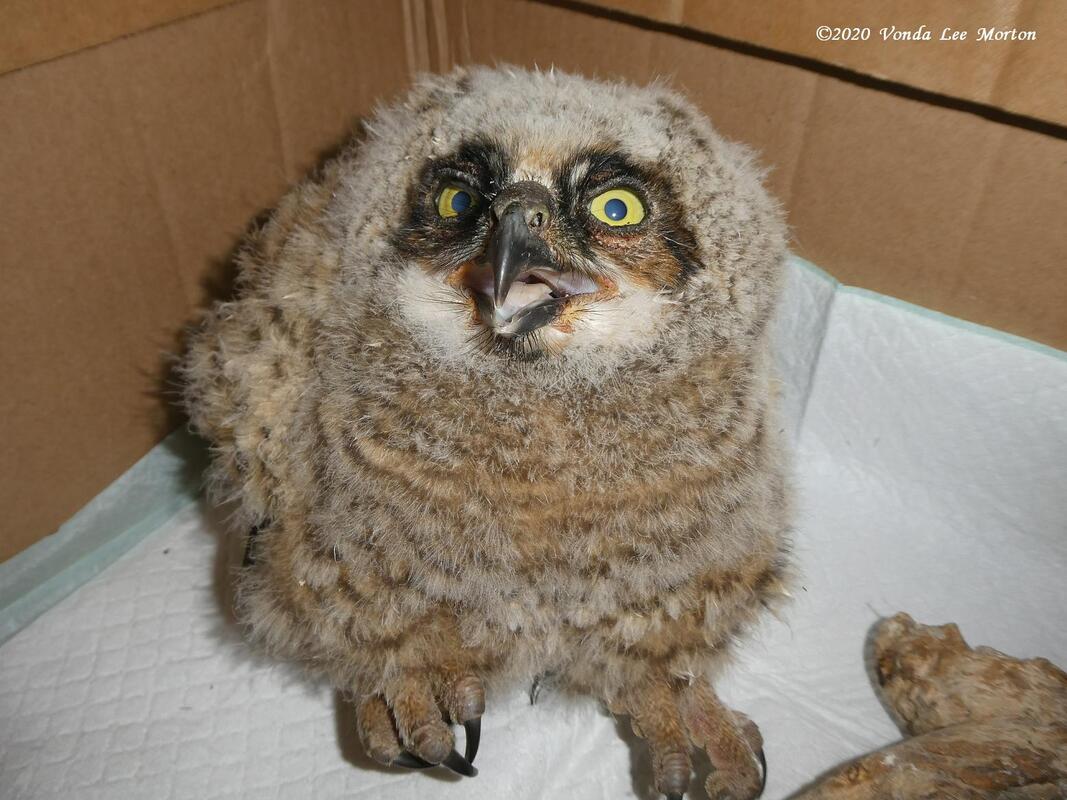
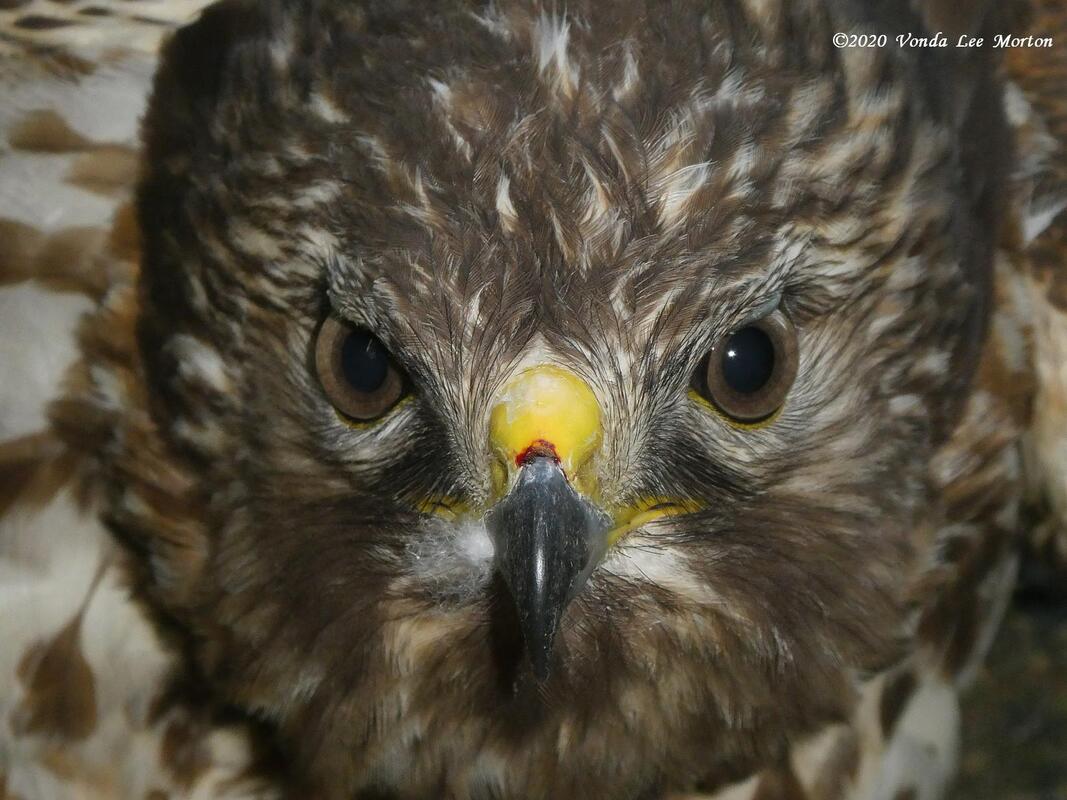
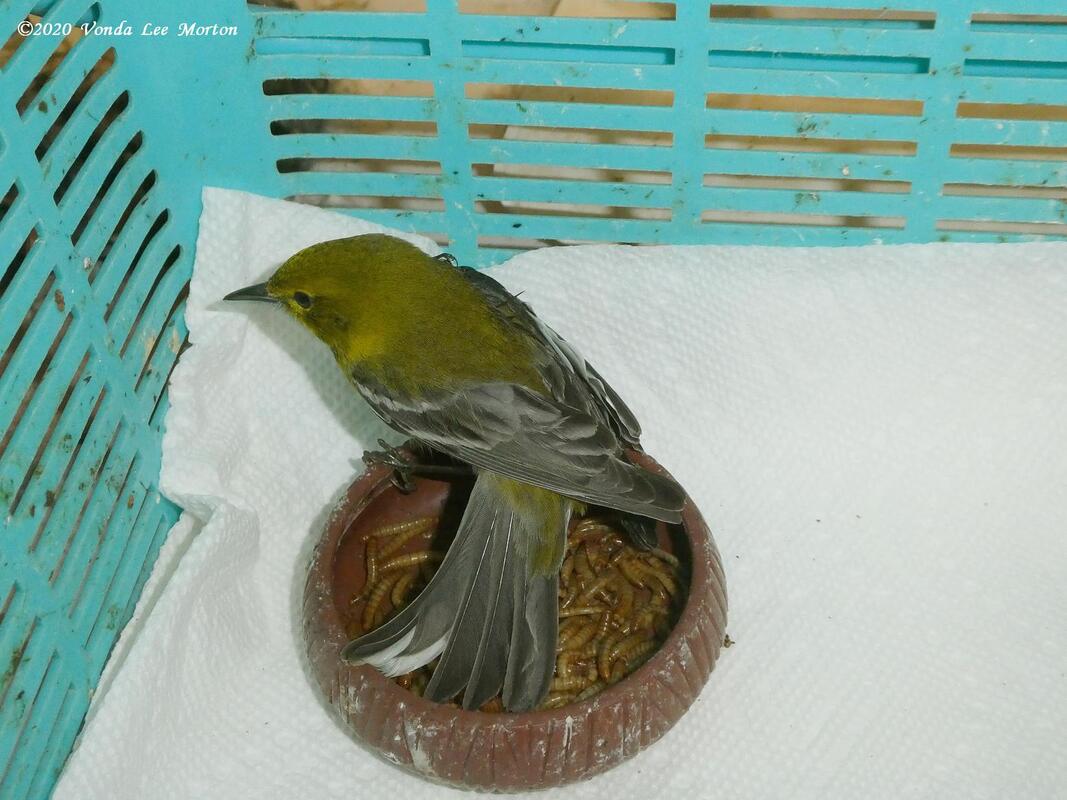
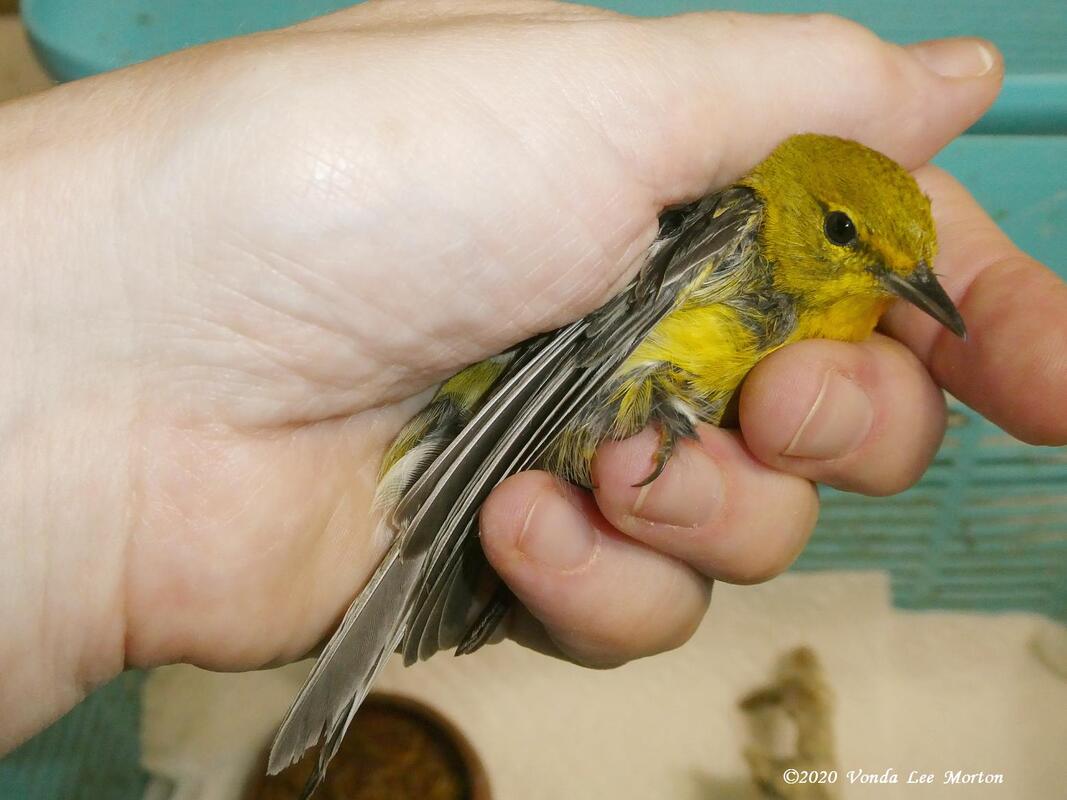
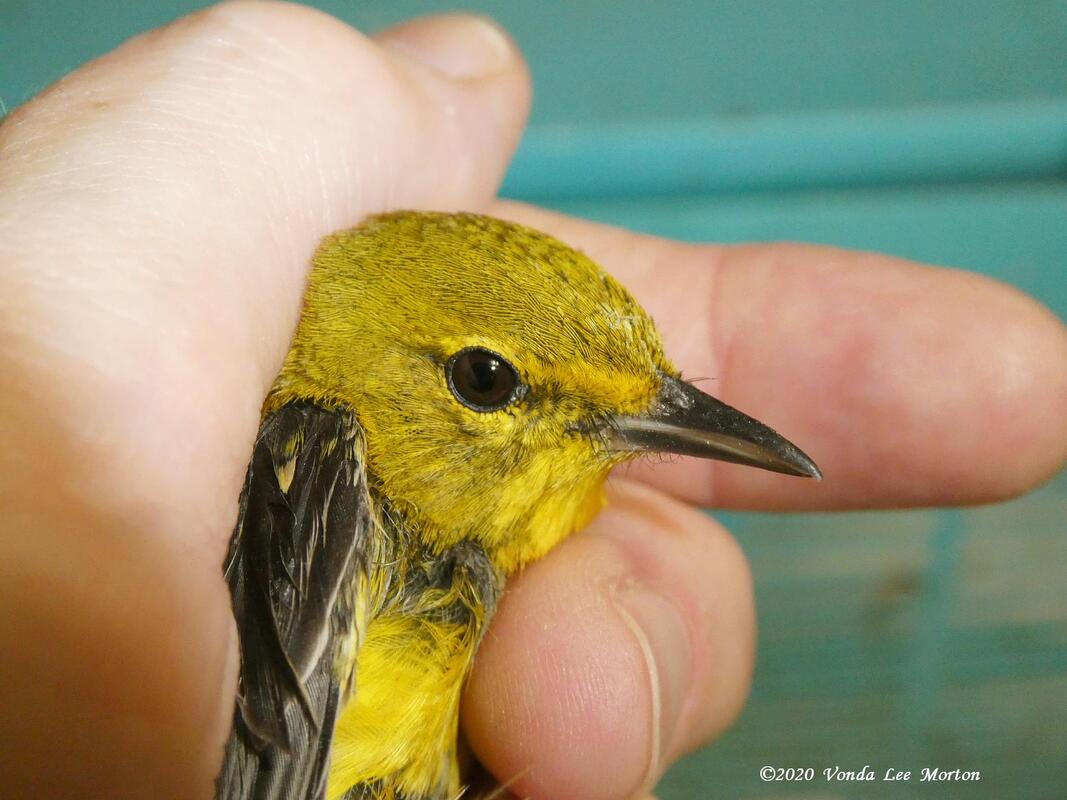
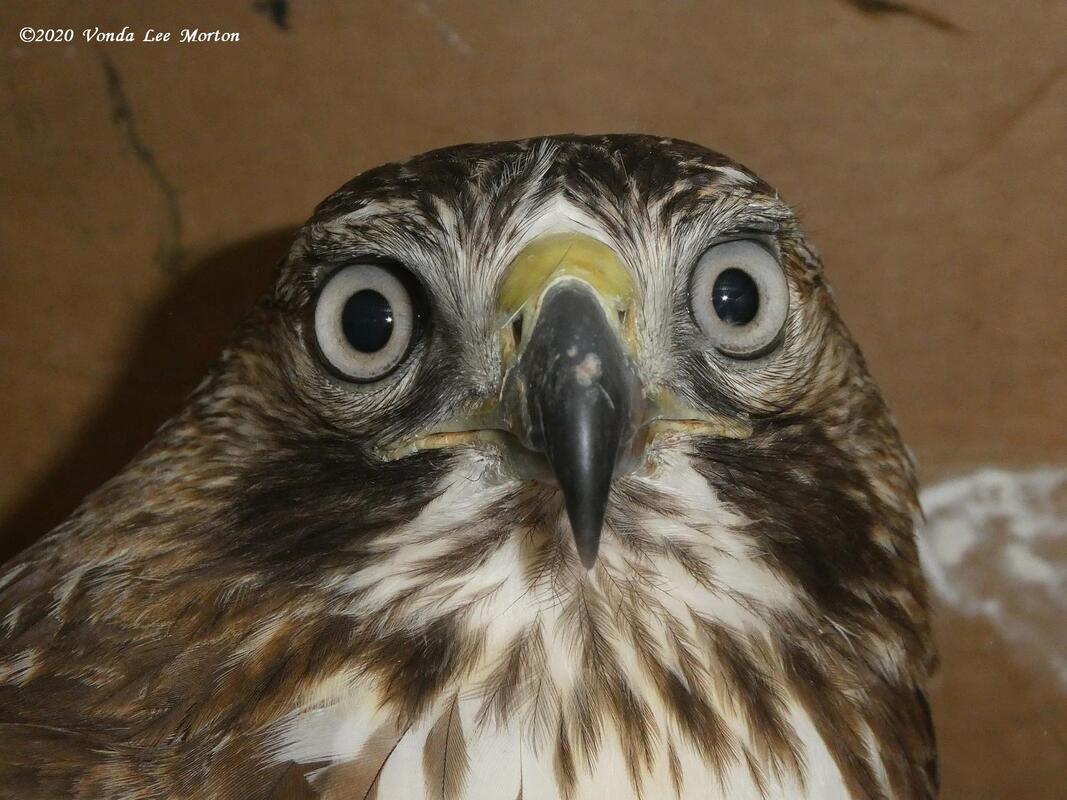
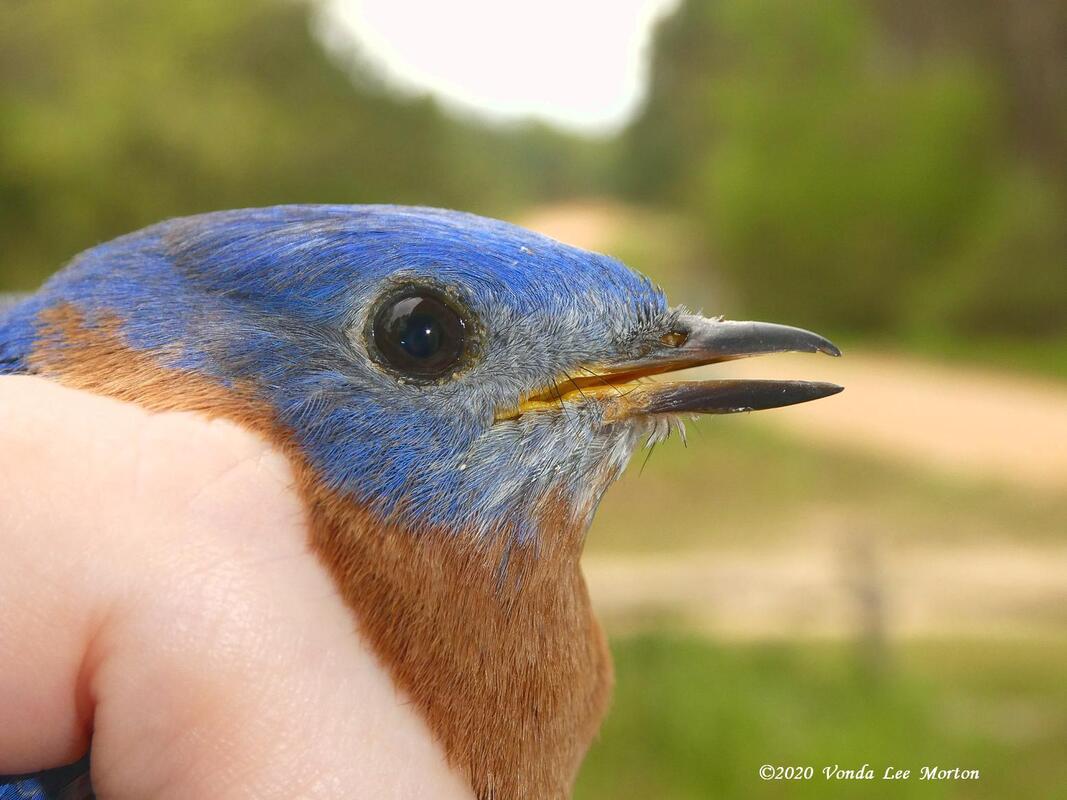
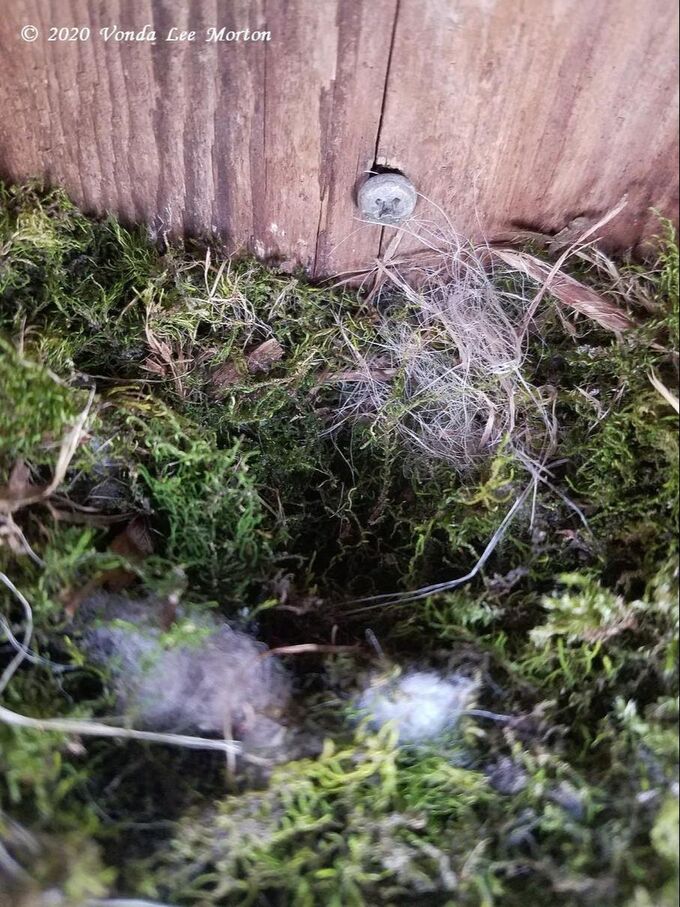


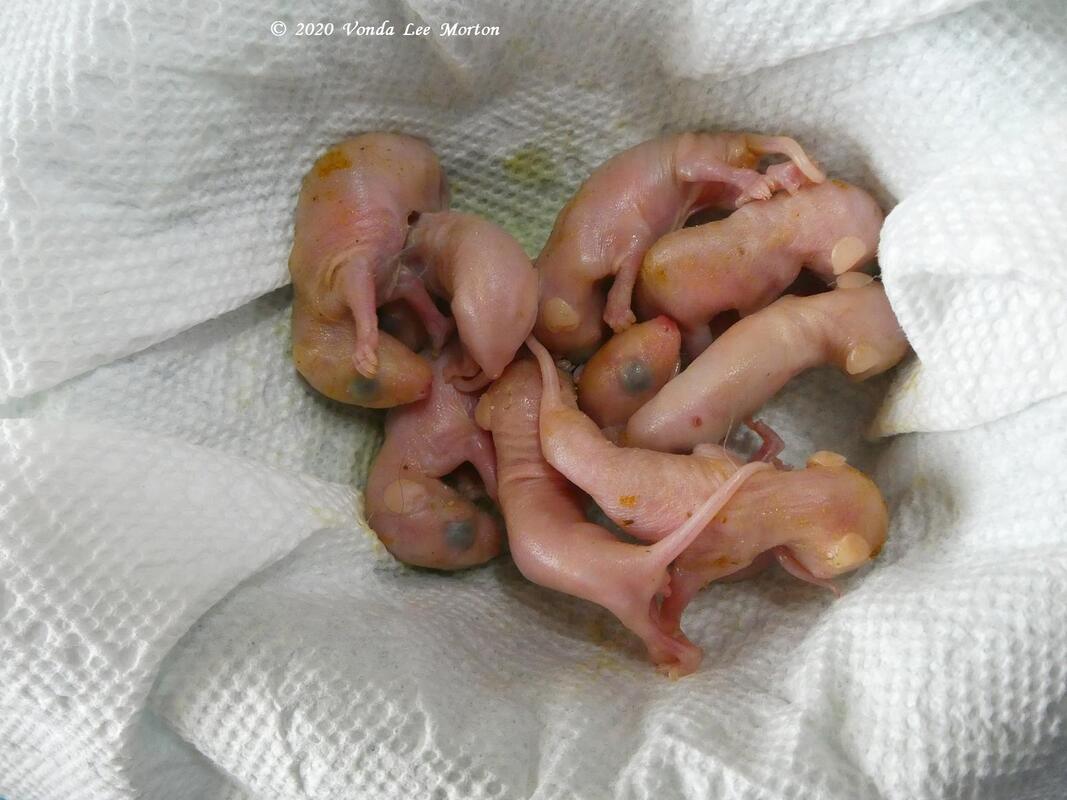
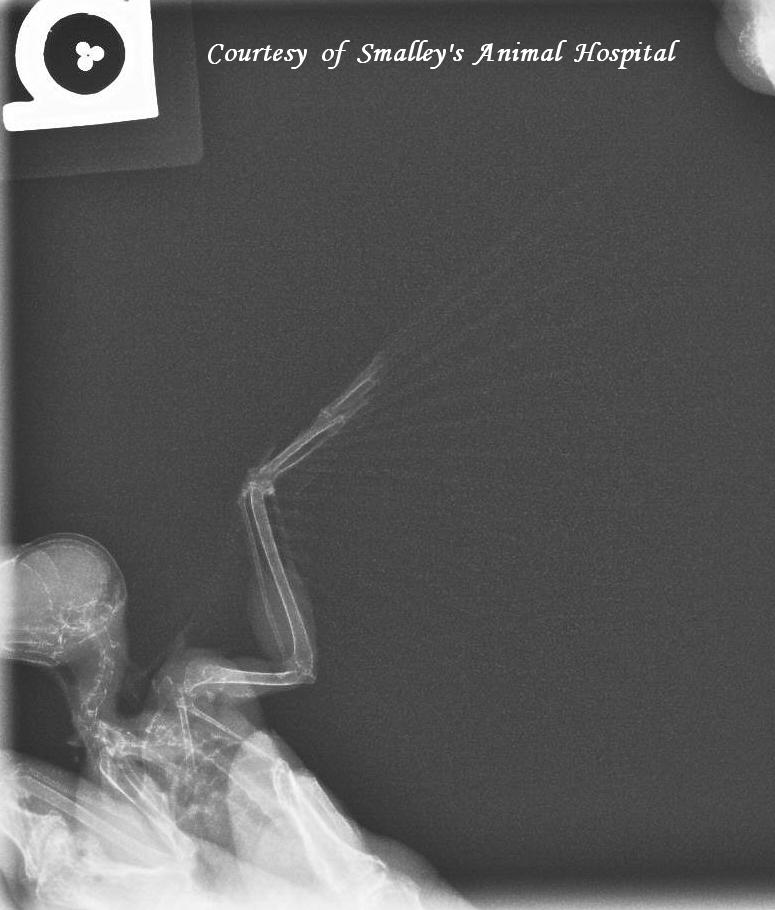
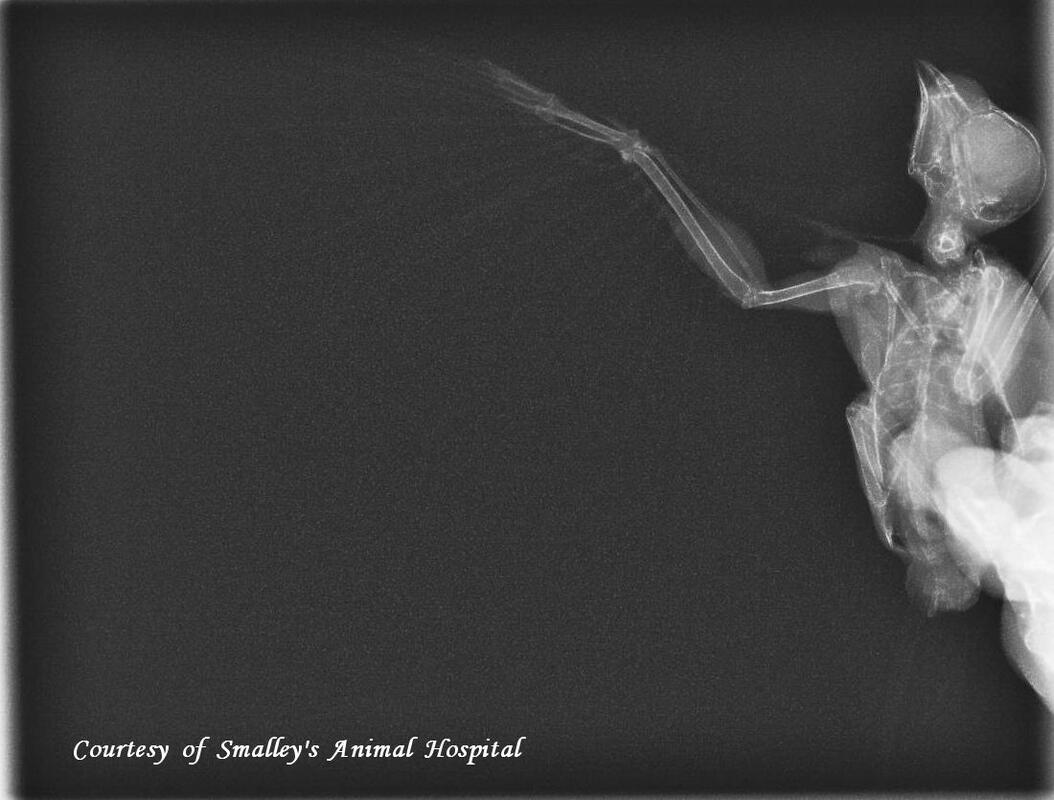
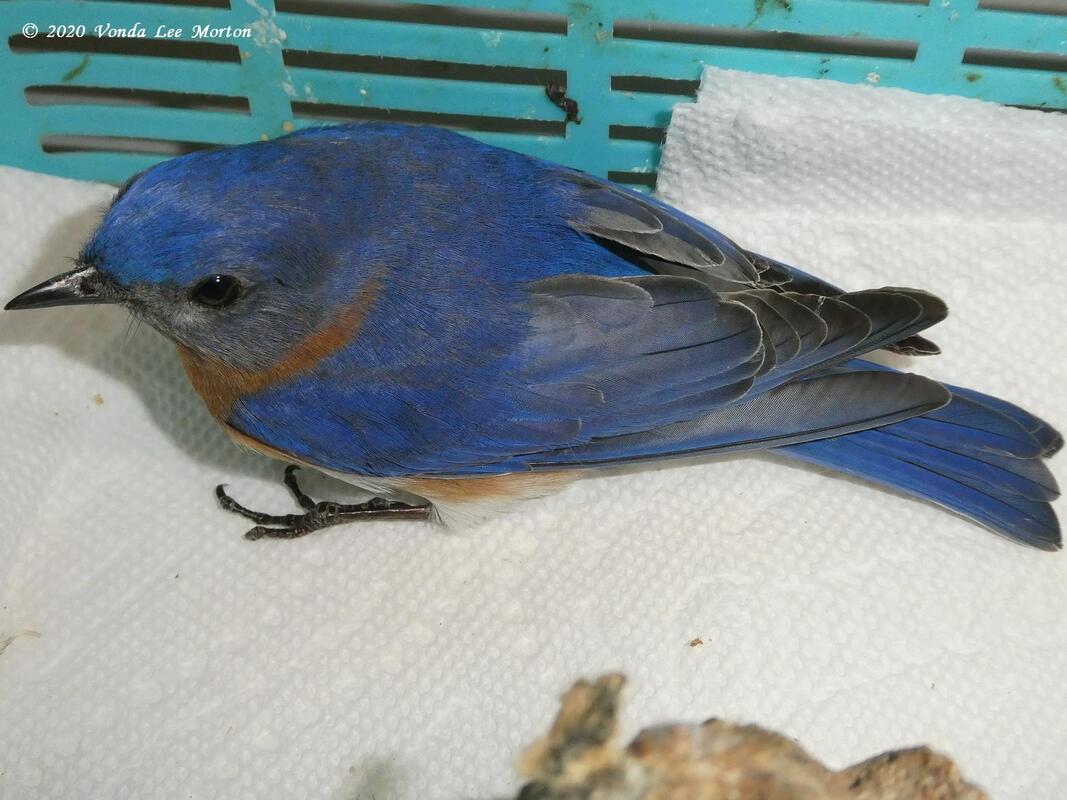
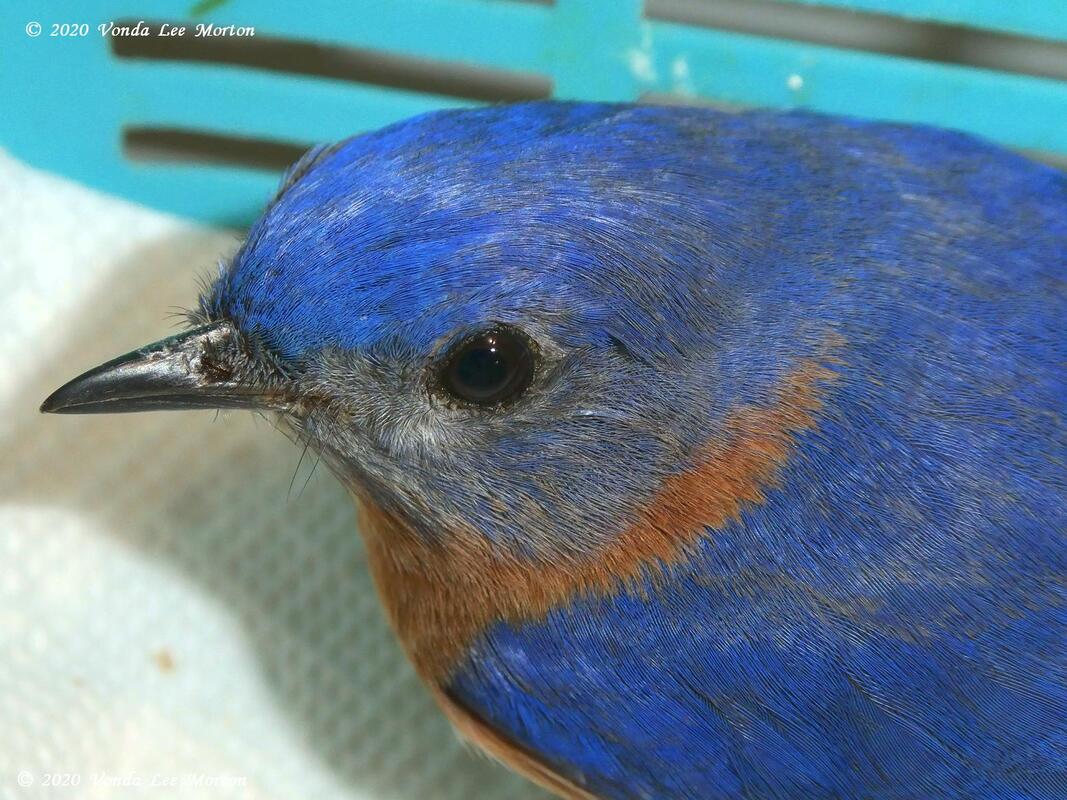
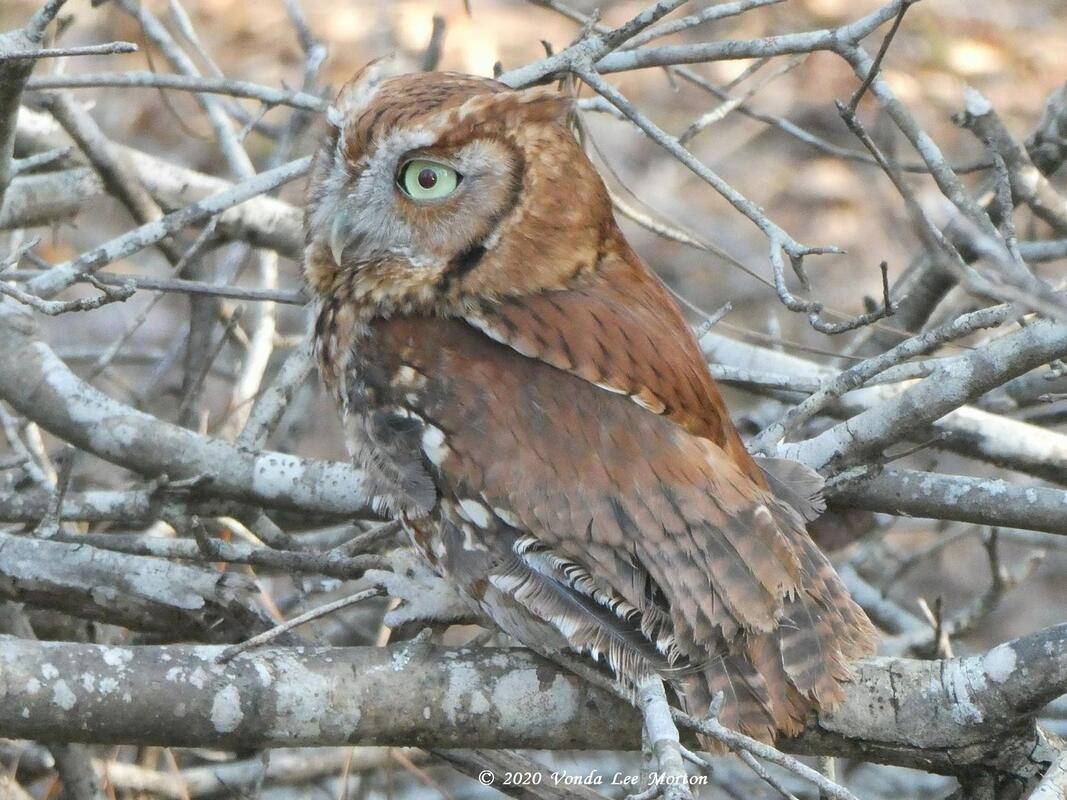
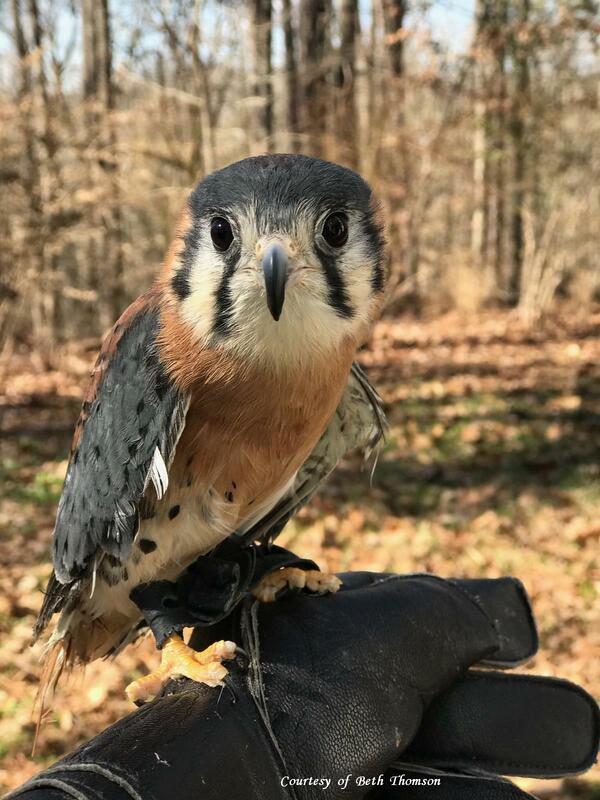
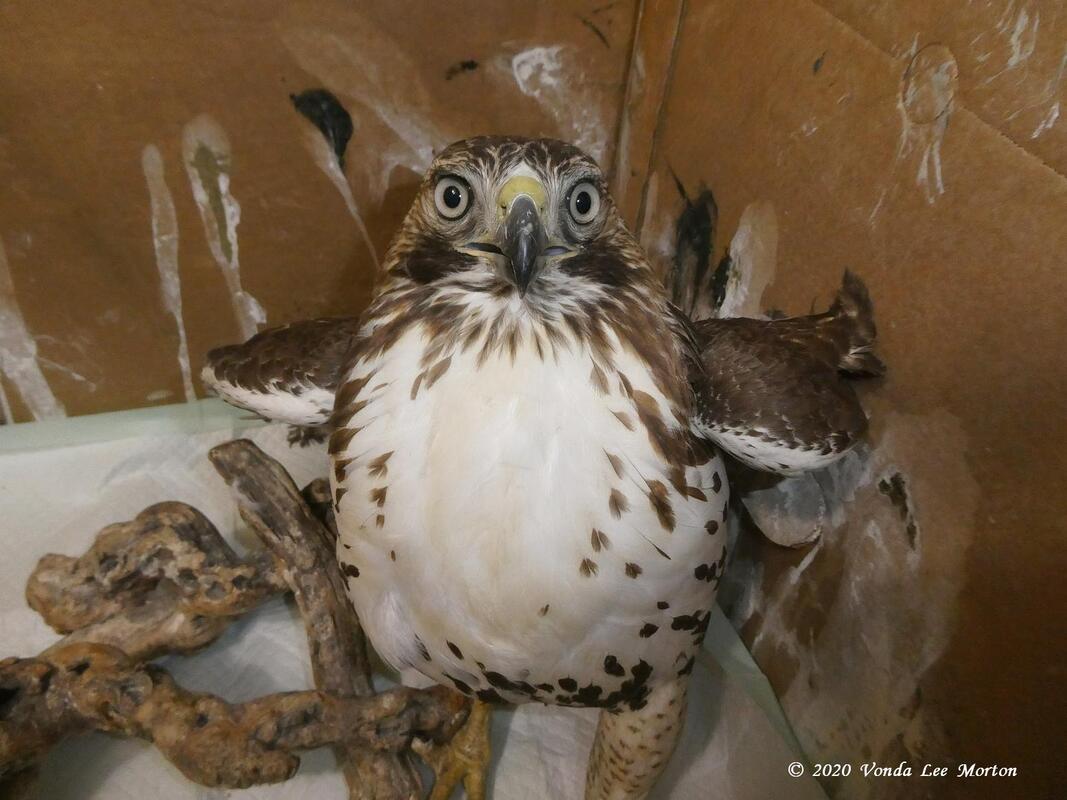
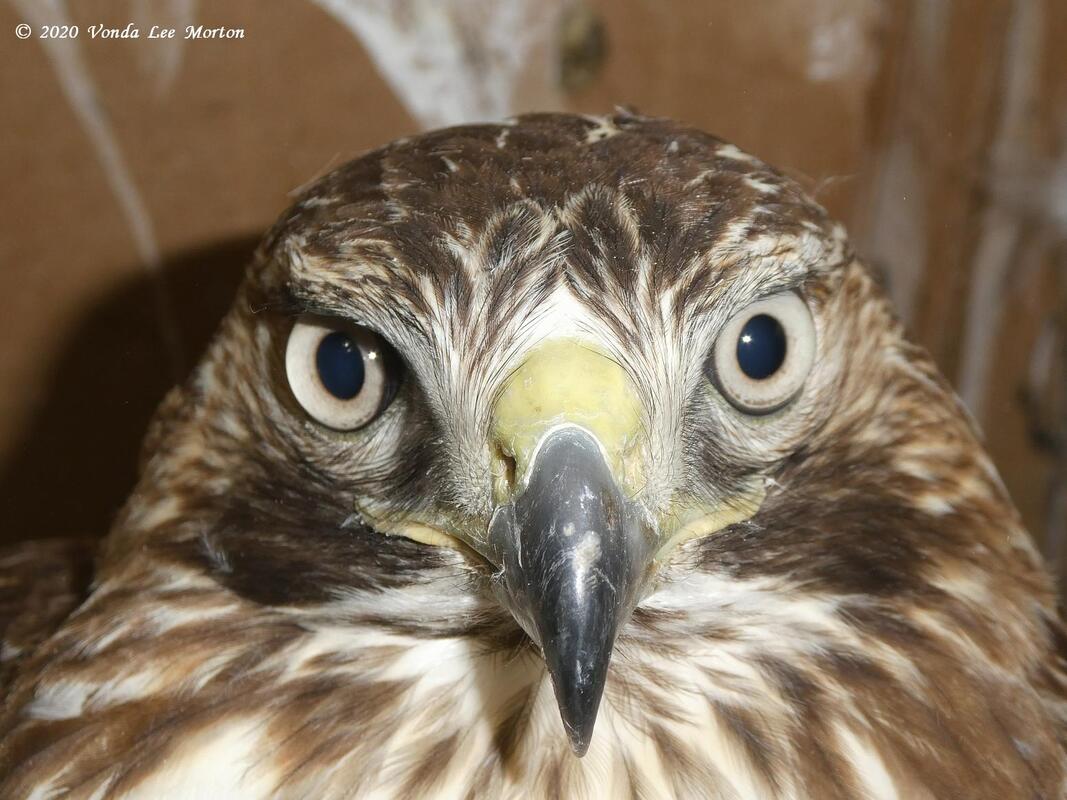
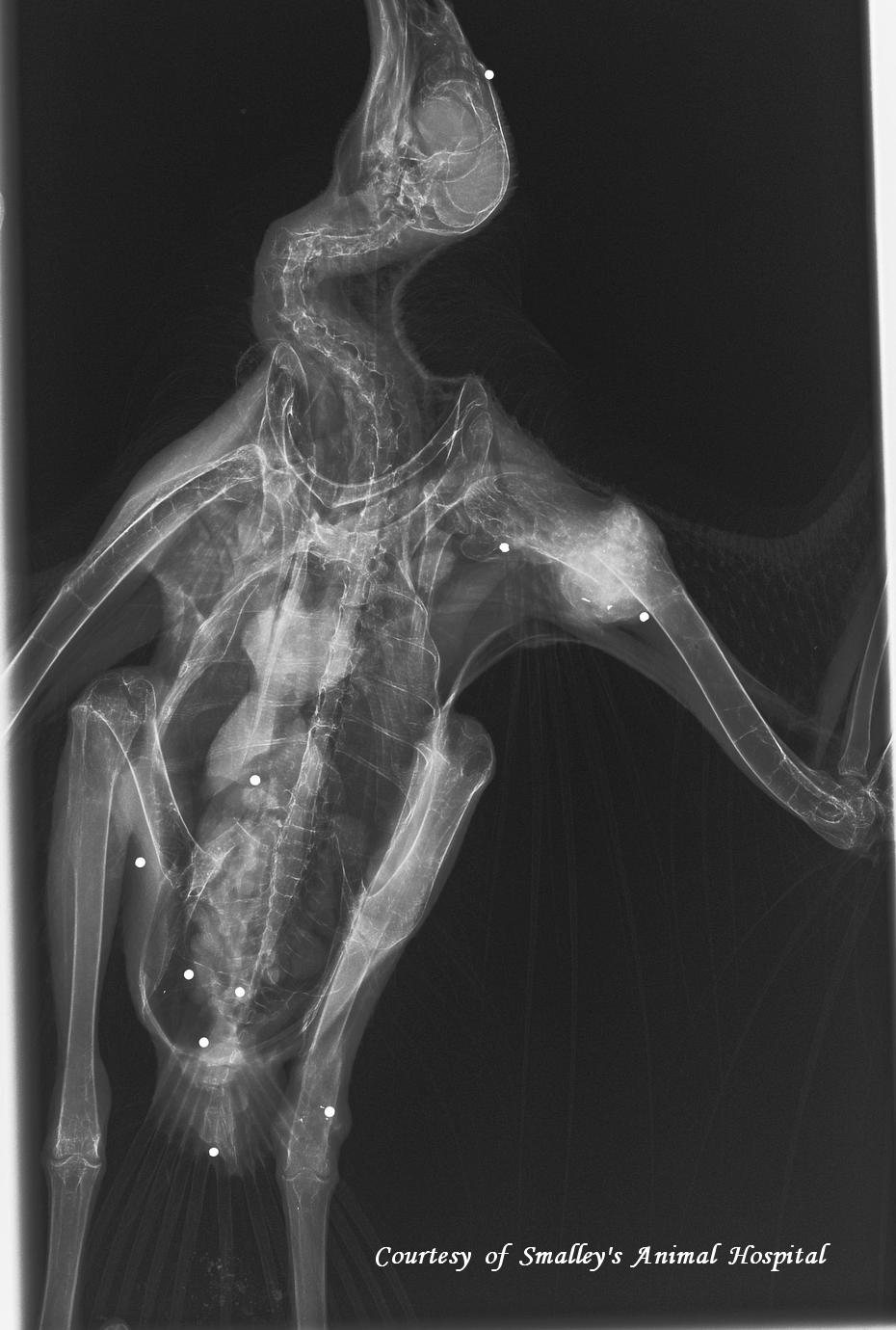
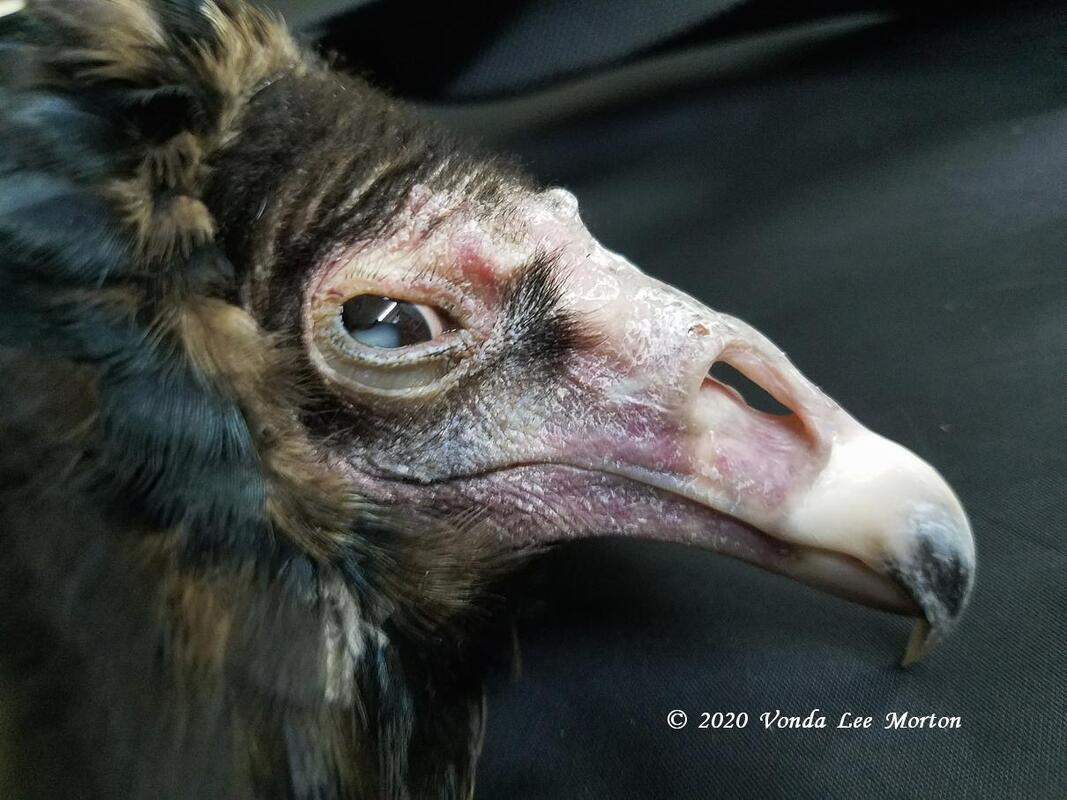
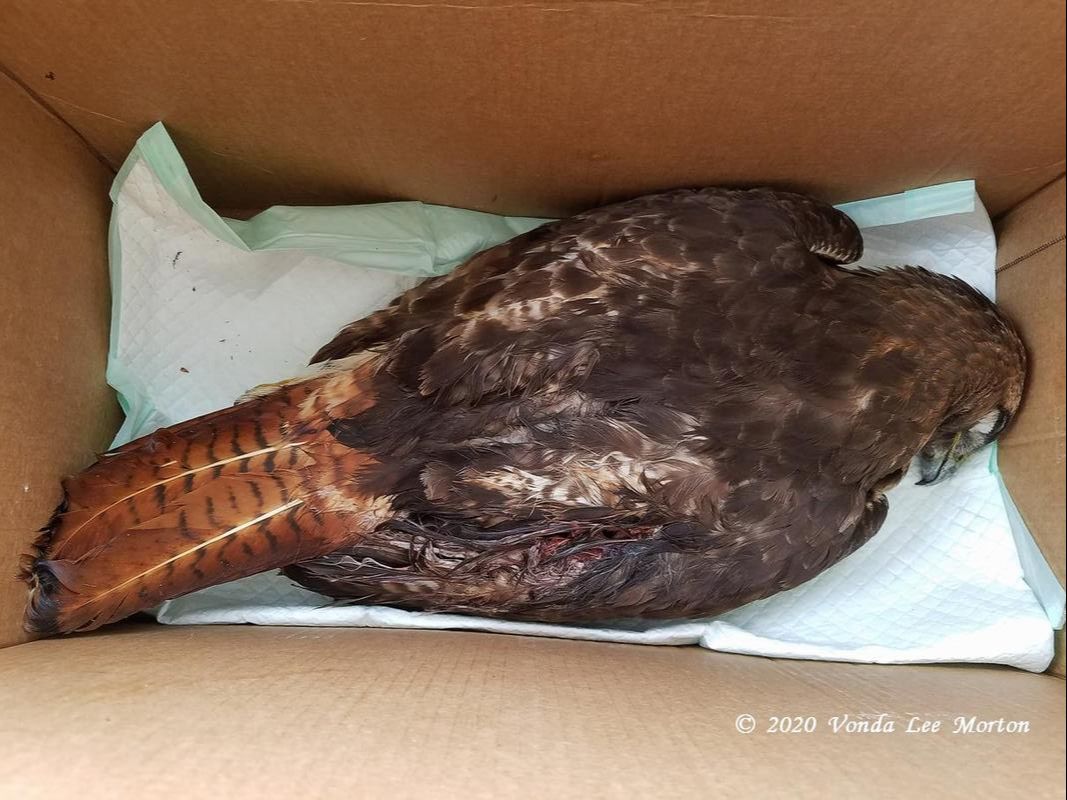
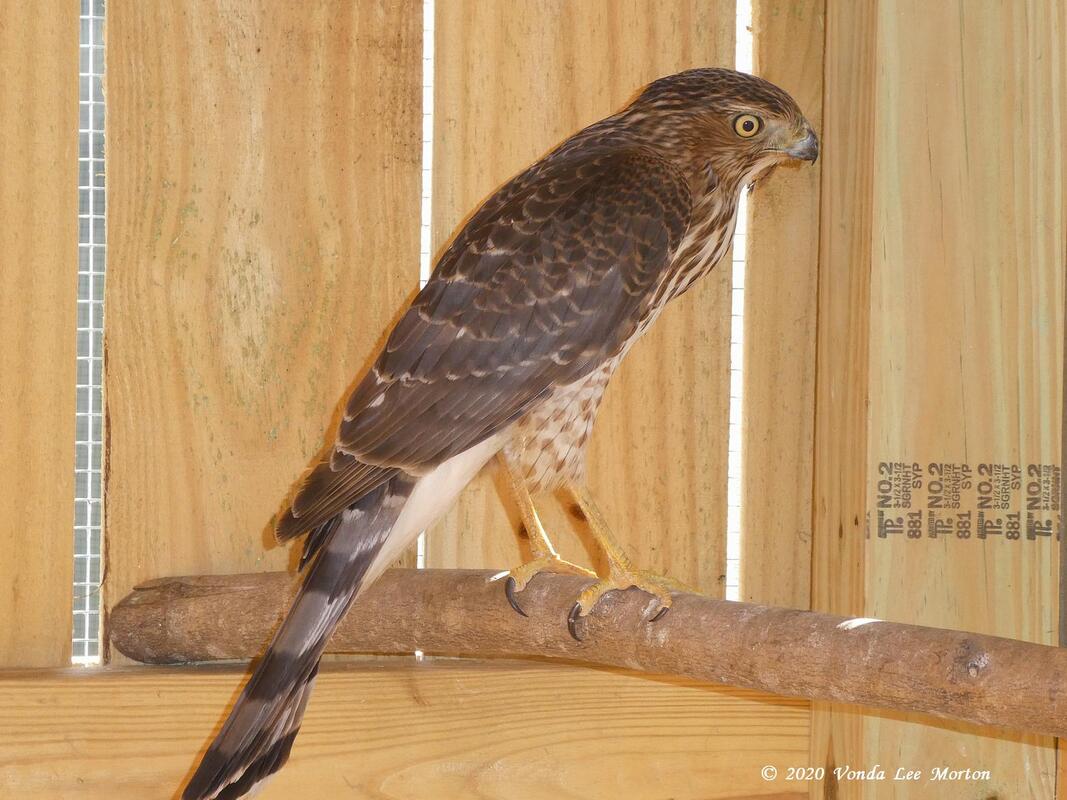
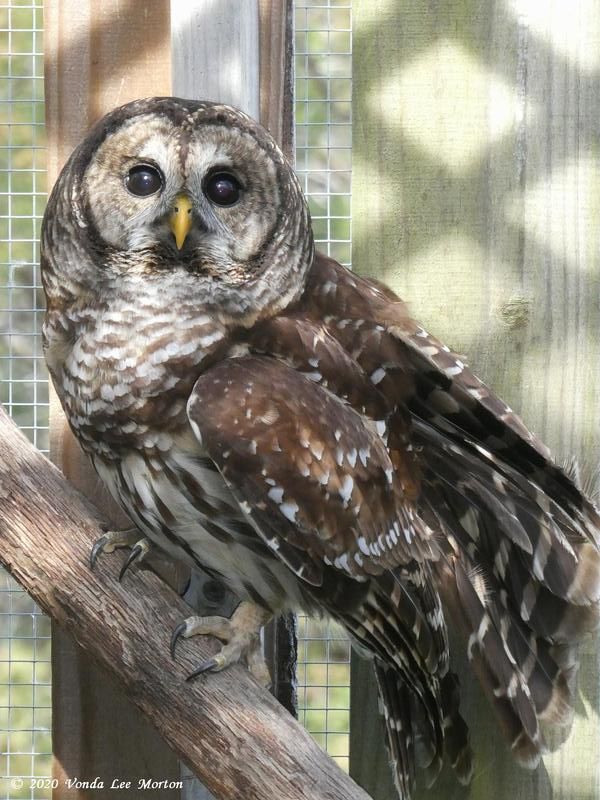
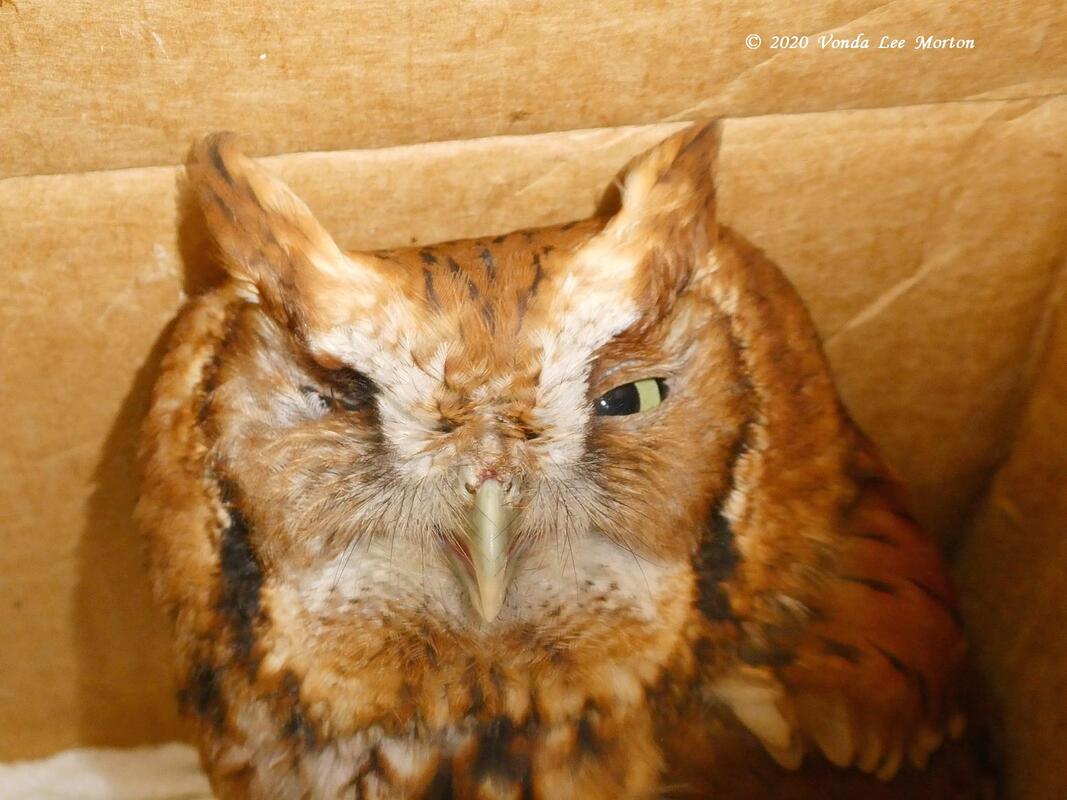
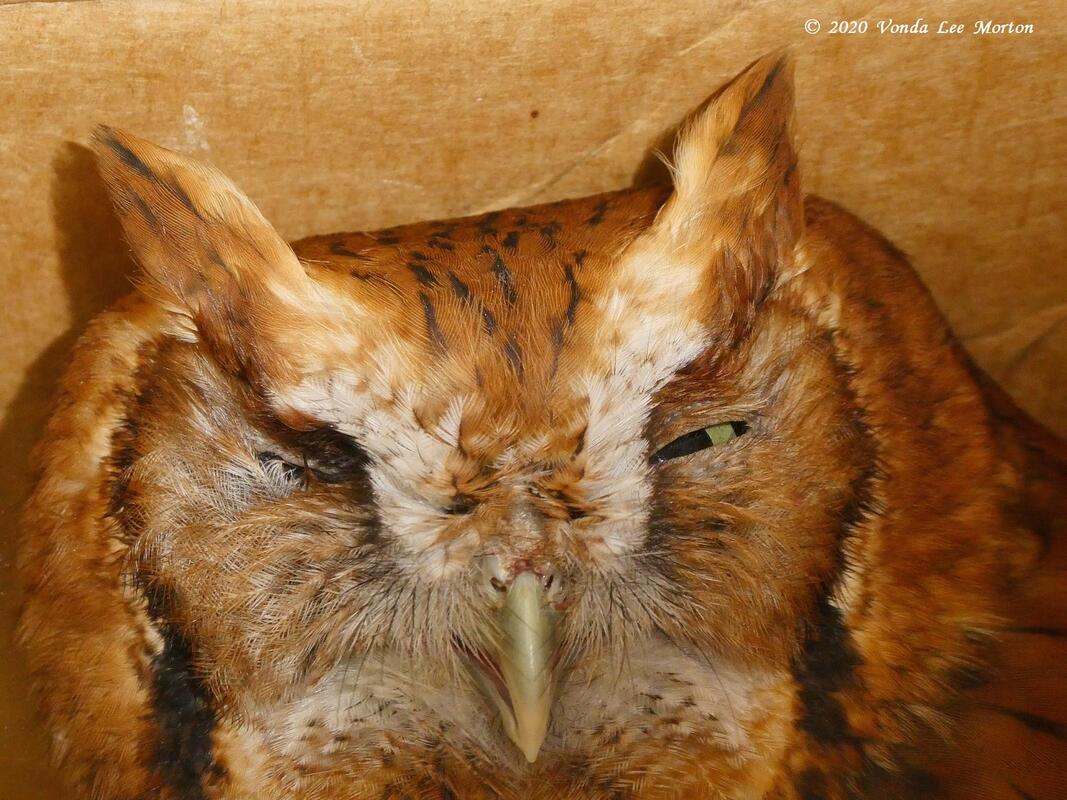
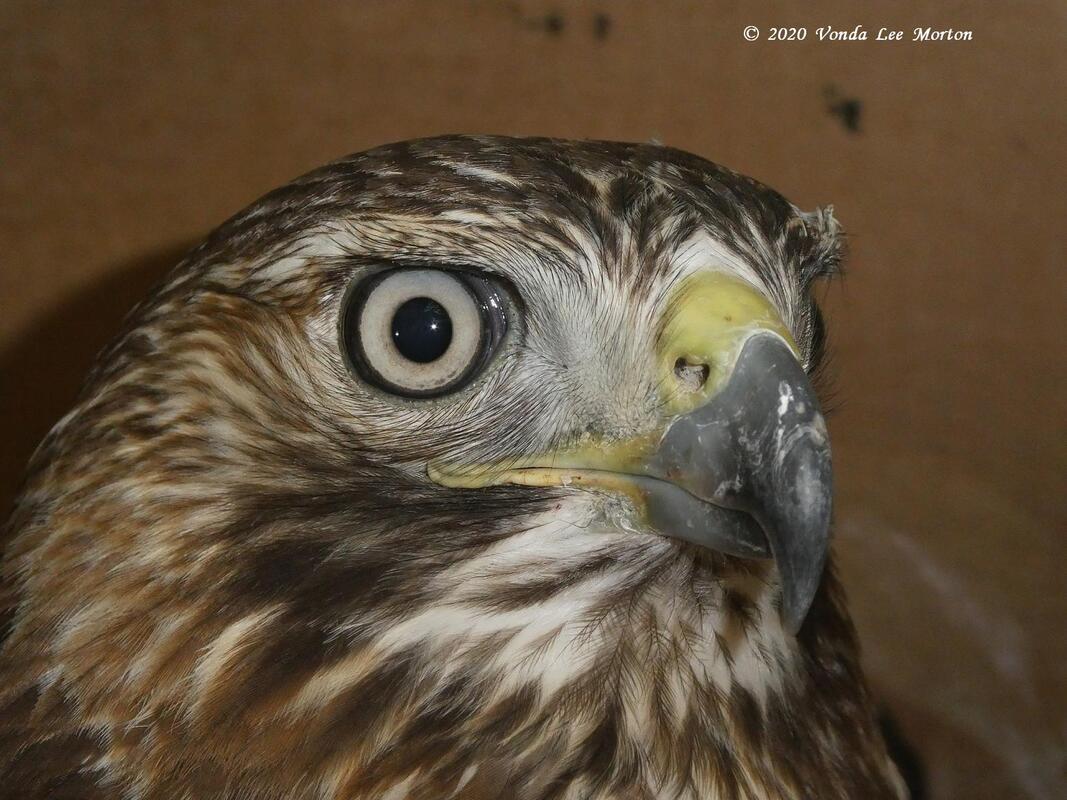
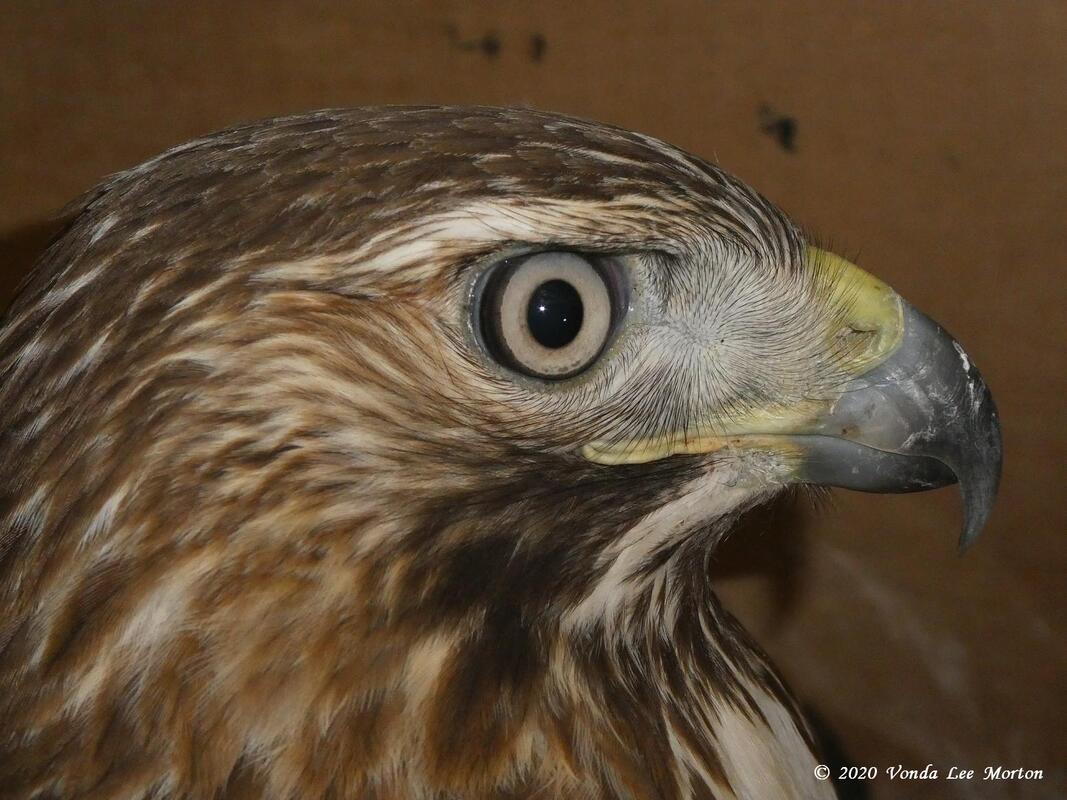
 RSS Feed
RSS Feed
